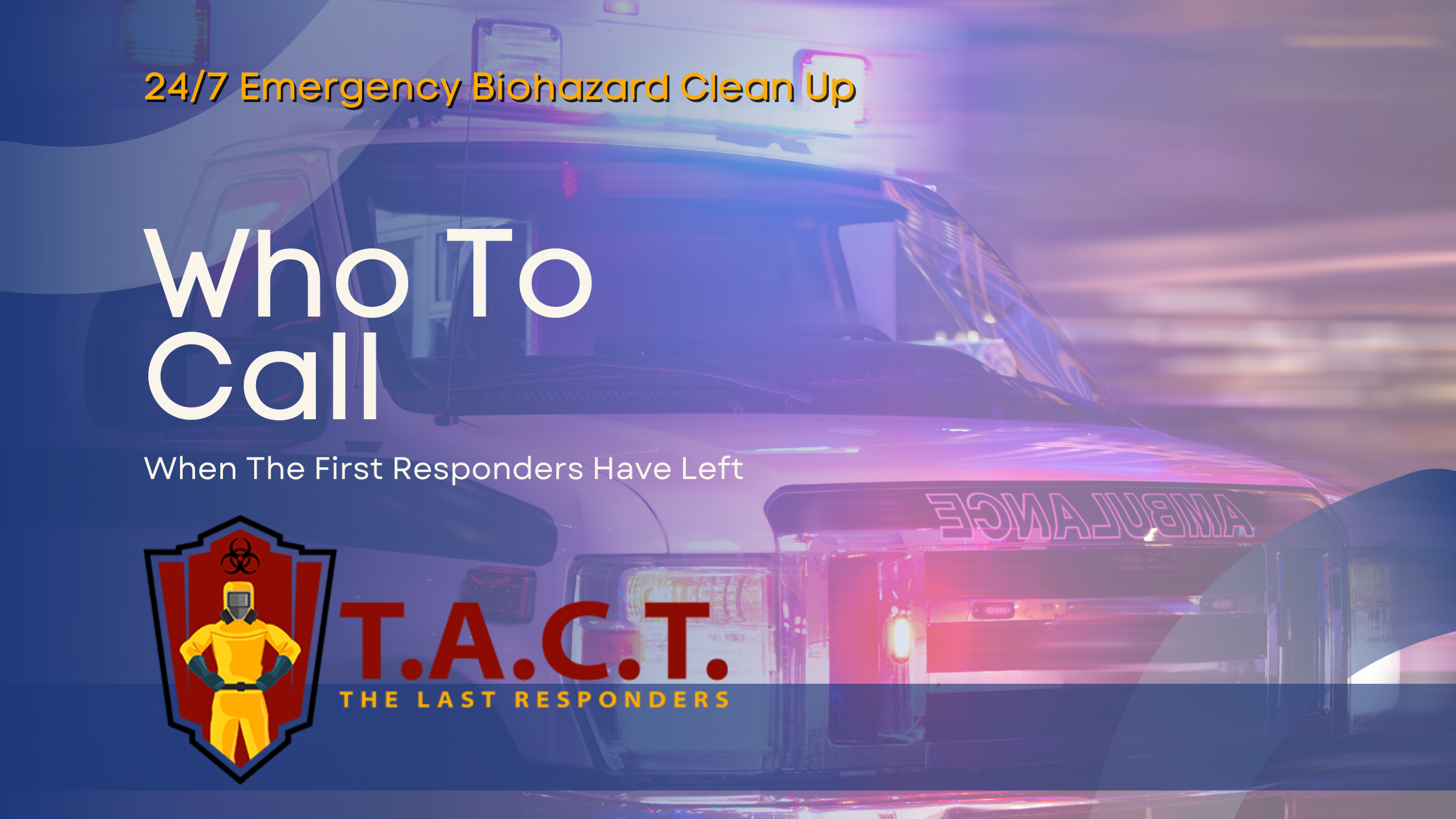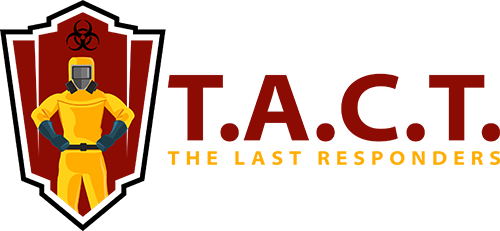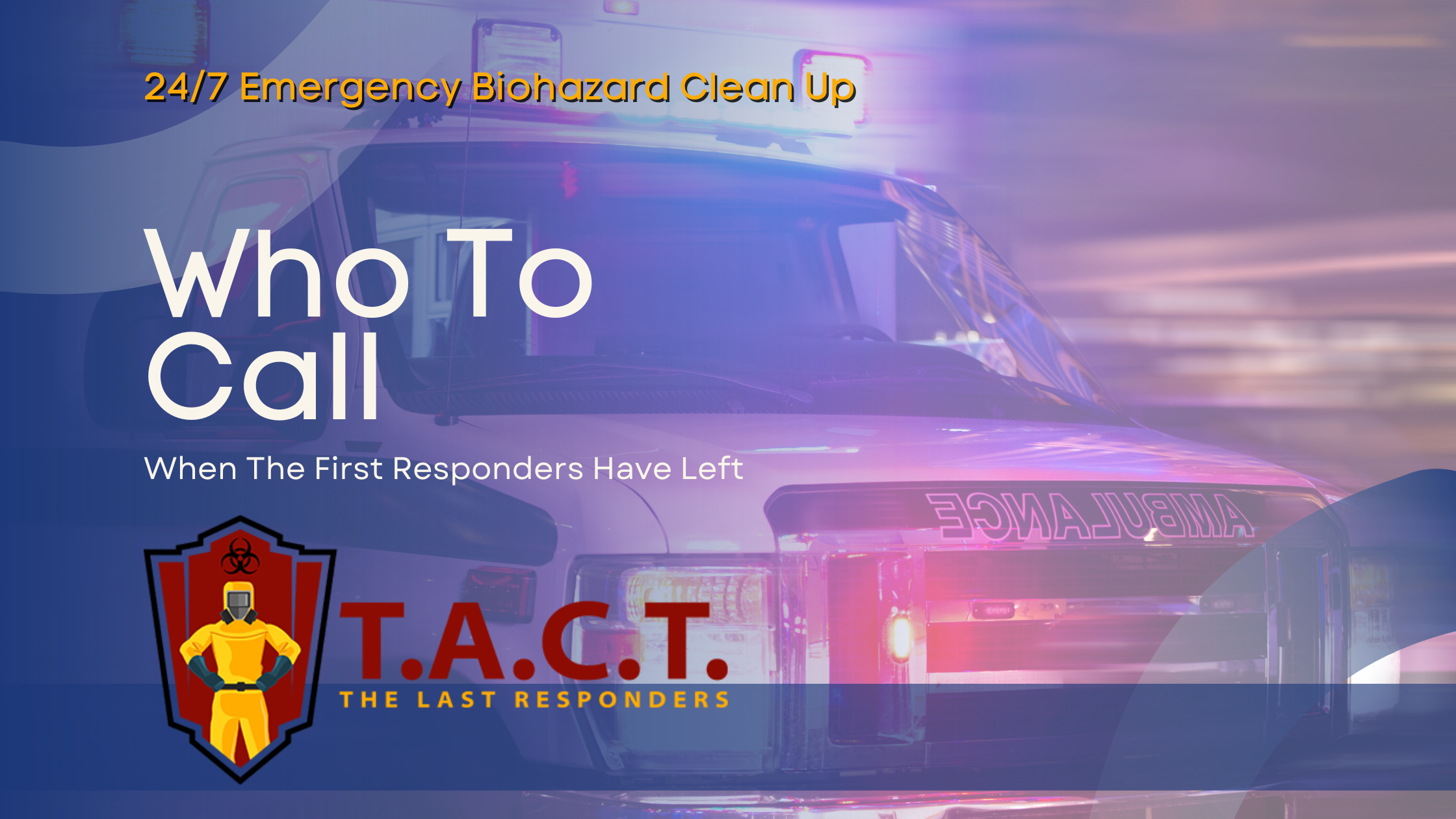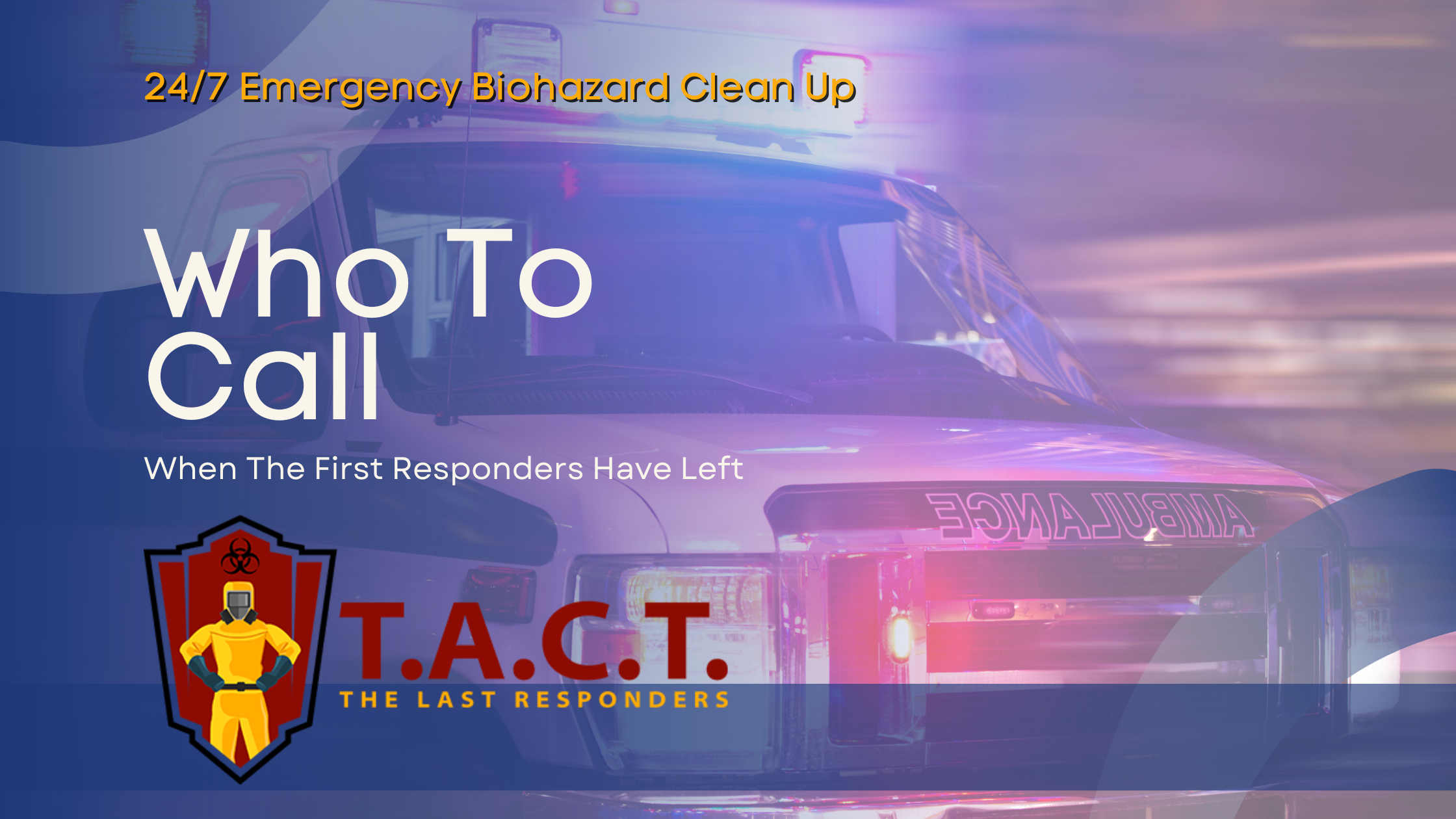Is poop a biohazard? Understanding the health risks and safety protocols

Is Poop a Biohazard? Understanding the Health Risks and Safety Protocols
Most people don’t think twice about flushing and forgetting, but human feces represent a serious biological hazard that demands our attention. According to the World Health Organization, diarrheal diseases linked to fecal contamination cause approximately 525,000 deaths annually in children under five worldwide. This staggering statistic reveals a harsh reality: what many consider mere waste is actually a complex mixture of potentially deadly pathogens.
The question “is poop a biohazard” has a definitive scientific answer: yes, human feces are classified as bio hazardous materials due to their potential to harbor and transmit infectious diseases. Understanding this classification isn’t just academic—it’s essential for protecting human health in homes, workplaces, and communities.
This comprehensive guide will explore why human fecal matter poses serious health risks, examine the regulatory standards governing its handling, and provide essential safety protocols for anyone who might encounter fecal contamination. Whether you’re a property manager dealing with sewage backup, a parent concerned about household pets, or simply someone seeking to understand proper precautions, this information could prevent serious illness resulting from improper cleanup.
What Makes Human Feces a Biohazard
Human feces are definitively classified as bio hazardous waste because they serve as a reservoir for numerous infectious agents that can cause severe illness in humans. The digestive tract naturally harbors both beneficial and harmful microorganisms, and when human waste exits the body, it carries with it a dangerous cocktail of bacteria, viruses, and parasites.

The composition of human fecal matter reveals why it poses such significant risks. Approximately 75% water, feces contain undigested food particles, intestinal secretions, and a massive microbial biomass where bacteria alone comprise 25-54% of the dry solids. This isn’t just any bacterial content—it frequently includes pathogens capable of causing serious infectious diseases.
Primary Pathogen Categories
Human feces can harbor three main categories of disease-causing organisms:
Bacterial pathogens include the notorious e coli O157:H7, which can cause severe bloody diarrhea and potentially fatal kidney failure. Salmonella species, commonly associated with food poisoning, frequently contaminate fecal matter and can survive in the environment for extended periods. Other dangerous bacteria like Shigella, Campylobacter, and the antibiotic-resistant Clostridium difficile (C. diff) also populate human waste.
Viral pathogens present equally serious risks. Norovirus, the leading cause of viral gastroenteritis, spreads rapidly through fecal-oral transmission. hepatitis b, along with Hepatitis A and E, can cause severe liver inflammation and long-term health complications. These viruses are particularly hardy and can remain infectious in dried fecal matter for weeks.
Parasitic organisms complete the trinity of fecal dangers. Giardia and Cryptosporidium create persistent digestive problems and can survive standard water treatment processes. Various helminth species (worms) also use the fecal-oral route for transmission, causing everything from mild discomfort to severe malnutrition.
Exposure Routes and Risk Factors
Contact with human fecal matter doesn’t require direct handling to pose risks. The primary exposure routes include:
Direct contact through touching contaminated surfaces without personal protective equipment
Fecal-oral transmission via ingestion through contaminated hands, water sources, or food
Mucous membrane exposure when particles contact eyes, nose, or mouth
Aerosolization in rare cases where dried feces become airborne and are inhaled
The universal precautions established by healthcare organizations treat all human fecal matter as potentially infectious, regardless of the apparent health status of the source individual. This approach recognizes that many people can shed dangerous pathogens while appearing completely healthy.
Individuals at elevated risk include pregnant women, who face complications from toxoplasma gondii and other parasites; immunocompromised patients; elderly individuals with weakened immune systems; and children whose developing immune systems may not effectively combat these pathogens.
Classification and Regulatory Standards
The regulatory landscape surrounding human waste disposal reveals important distinctions that affect how fecal matter must be handled in different situations. While all human feces qualify as bio hazardous materials from a scientific standpoint, regulatory classifications depend on specific circumstances and visible characteristics.
Standard Fecal Matter Disposal
Human feces without visible blood can typically be disposed of in regular trash, though this doesn’t diminish the need for proper precautions during cleanup. Municipal waste regulations generally don’t require medical-waste-type handling for typical fecal incidents, but this varies significantly by jurisdiction and contamination scale.
Property owners and facility managers should understand they can become legally liable for illness or damages resulting from improper cleanup of fecal contamination. In such cases, professional cleaners specifically trained in biohazard remediation may be legally required, particularly for larger-scale incidents or high-risk environments.
Regulated Medical Waste Status
When human fecal matter contains visible blood, it immediately elevates to regulated medical waste status, requiring specialized disposal through licensed medical waste contractors. This classification triggers strict handling protocols, documentation requirements, and disposal tracking from generation to final destruction.
Healthcare facilities must follow OSHA bloodborne pathogen standards when handling any fecal matter, treating it as potentially infectious for HIV, hepatitis b, and other bloodborne diseases. These facilities typically maintain contracts with medical waste disposal companies and follow rigid protocols for containment, labeling, and tracking.
Laboratory and Research Settings
Research institutions like Emory University require BSL-2 (Biosafety Level 2) protocols for any laboratory work involving human fecal samples. These protocols mandate:
Restricted access to authorized personnel only
Use of biological safety cabinets for sample processing
Specialized training for all personnel handling samples
Enhanced personal protective equipment requirements
Strict decontamination procedures for equipment and surfaces
Laboratory workers must complete specialized training programs and demonstrate competency in handling bio hazardous materials before working with fecal samples. Incident reporting requirements ensure that any exposure receives immediate attention and proper medical evaluation.
Legal and Insurance Implications
Insurance companies increasingly scrutinize fecal contamination cleanup, particularly in rental properties or commercial settings. Improper cleanup can void coverage and expose property owners to significant liability. Many insurance policies now explicitly require professional remediation for biological contamination incidents.
In developing countries, where sanitation infrastructure may be inadequate, international health organizations work to establish minimum standards for human waste management. These efforts recognize that improper fecal waste handling contributes significantly to disease transmission and public health burdens.
Specific Pathogens and Health Risks
Understanding the specific pathogens present in human fecal matter helps explain why proper handling protocols are so critical. Each category of pathogen presents unique challenges and health risks that demand different prevention strategies.

Bacterial Infections and Complications
Escherichia coli (e coli) strains vary dramatically in their pathogenic potential. While most E. coli bacteria are harmless residents of the human digestive tract, pathogenic strains like O157:H7 can cause hemorrhagic colitis and hemolytic uremic syndrome, a potentially fatal kidney condition. These dangerous strains can survive in the environment for months and require only small numbers of bacteria to cause severe illness.
Clostridium difficile (C. diff) has emerged as a particularly dangerous pathogen, especially in healthcare settings. This bacterium forms spores that survive standard cleaning procedures and can persist in the environment for years. C. diff infections cause severe, recurrent diarrhea and colitis, with mortality rates reaching 15-25% in vulnerable populations.
Salmonella infections typically manifest as gastroenteritis but can progress to bacteremia (blood infection) in approximately 5% of cases. Certain Salmonella strains have developed antibiotic resistance, making treatment more challenging and potentially extending the duration of illness resulting from exposure.
Viral Pathogens and Transmission
Norovirus demonstrates remarkable environmental persistence and infectious potential. As few as 10-100 viral particles can cause infection, and the virus remains stable on surfaces for weeks. Norovirus outbreaks in cruise ships, hospitals, and nursing homes often trace back to inadequate fecal contamination cleanup, highlighting the importance of proper disinfection procedures.
Hepatitis viruses present particular concern due to their potential for chronic infection. hepatitis b can cause lifelong liver disease and cancer, while Hepatitis A typically causes acute illness but can be severe in older adults. These viruses resist many standard disinfectants and require specific contact times and concentrations for effective inactivation.
Parasitic Organisms and Long-term Effects
Giardia lamblia creates persistent digestive problems that can last for months if untreated. This parasite forms environmentally resistant cysts that survive standard water treatment and many disinfectants. Chronic giardiasis can lead to malabsorption, weight loss, and failure to thrive in children.
Cryptosporidium poses particular risks for immunocompromised individuals, potentially causing life-threatening diarrhea. The parasite’s oocysts resist chlorination and can survive in properly maintained swimming pools, making fecal contamination incidents especially serious in aquatic environments.
toxoplasma gondii, while more commonly associated with cat feces, can also be present in human waste. This parasite poses severe risks to pregnant women, potentially causing miscarriage, stillbirth, or serious birth defects.
Symptom Recognition and Medical Implications
Exposure to fecal pathogens typically produces symptoms within 4-72 hours, though some infections may take weeks to manifest. Common initial symptoms include:
Nausea and vomiting
Diarrhea (which may be bloody)
Fever and chills
Abdominal cramping
Dehydration
Severe complications can include kidney failure, liver damage, and systemic infections. Children, elderly individuals, and immunocompromised patients face higher risks of severe complications and may require immediate medical intervention for any suspected exposure.
Special Considerations for Poliovirus
Poliovirus presents unique challenges in fecal matter handling, particularly given ongoing global eradication efforts and the virus’s environmental persistence. While polio has been eliminated from most countries, it remains endemic in certain regions of Africa, Asia, and the Middle East, creating specific risks for fecal samples from these areas.
Geographic Risk Assessment
Feces from individuals who have recently traveled to or resided in polio-endemic regions require special handling protocols. The virus can shed in feces for weeks after infection, even in asymptomatic individuals. Afghanistan and Pakistan currently maintain endemic poliovirus transmission, while other countries occasionally report outbreaks from imported cases.
Historical fecal samples also carry potential poliovirus risk. Samples collected before widespread vaccination campaigns may contain viable virus, as poliovirus can survive in appropriate storage conditions for extended periods. Laboratory workers handling archived samples must follow enhanced safety protocols regardless of sample age.
WHO Guidelines and CDC Requirements
The World Health Organization GAPIII (Global Action Plan to minimize poliovirus facility-associated risk) provides specific guidelines for handling potentially poliovirus-containing materials. These guidelines mandate:
Immediate notification of biosafety officers for any suspected poliovirus exposure
Enhanced containment requirements beyond standard BSL-2 protocols
Specialized waste inactivation procedures using approved disinfectants
Documentation and reporting requirements for international surveillance
Research facilities must inventory and secure any materials potentially containing poliovirus, including fecal samples from endemic regions. The CDC requires immediate reporting of any poliovirus detection or suspected exposure to support global surveillance efforts.
Laboratory Safety Protocols
Facilities handling fecal samples with potential poliovirus contamination must implement additional safety measures:
Restricted access to specifically trained personnel only
Enhanced personal protective equipment including respiratory protection
Specialized ventilation systems with HEPA filtration
Dedicated waste treatment systems for poliovirus inactivation
Regular environmental monitoring and surface testing
These requirements reflect poliovirus’s environmental stability and the critical importance of preventing accidental release or exposure in laboratory settings.
Professional Cleanup Requirements
The complexity of pathogens in human fecal matter means that effective cleanup takes specific skills and equipment beyond what typical cleaning services provide. Professional biohazard remediation becomes necessary in many situations to ensure complete pathogen elimination and prevent ongoing health risks.

When Professional Services Are Required
Several situations mandate professional biohazard cleanup rather than standard cleaning approaches:
Homeless encampment cleanup requires specialized expertise due to the concentrated nature of contamination and potential presence of multiple infectious agents. These environments often contain dried fecal matter that can become aerosolized during improper cleanup, creating inhalation risks for untrained personnel.
Sewage backup incidents in residential or commercial properties demand professional intervention because sewage contains concentrated human waste from multiple sources. Standard cleaning equipment and household disinfectants cannot adequately address the volume and concentration of pathogens present in such situations.
Rental property contamination between tenants requires professional assessment and remediation to prevent liability issues and ensure new occupant safety. Property managers who attempt inadequate cleanup may face legal consequences if tenants develop illness resulting from residual contamination.
Professional Equipment and Techniques
Professional cleaners use industrial-grade disinfectants specifically formulated to eliminate higher percentages of harmful microbes compared to household products. These solutions require specific contact times—typically 30 minutes or more—to achieve adequate pathogen kill rates.
Specialized equipment includes:
HEPA-filtered air scrubbers to prevent aerosolization during cleanup
Professional-grade disinfectant foggers for comprehensive surface treatment
Ozone generators for odor elimination and additional antimicrobial effect
Industrial moisture extraction equipment to prevent mold growth
UV sterilization systems for final treatment of affected areas
Certification and Training Requirements
Legitimate biohazard cleanup companies maintain specific certifications and training programs for their personnel. Technicians typically complete courses in:
Bloodborne pathogen safety protocols
Personal protective equipment selection and use
Chemical safety and proper disinfectant application
Waste classification and disposal regulations
Health monitoring and medical surveillance programs
Companies should provide documentation of insurance coverage, licensing, and compliance with local health department regulations. Reputable services also offer detailed protocols for different contamination scenarios and can provide documentation for insurance claims.
Quality Assurance and Verification
Professional services typically include post-cleanup verification to ensure adequate decontamination. This may involve:
ATP (adenosine triphosphate) testing to verify biological material removal
Environmental sampling for specific pathogens if indicated
Odor assessment and treatment to ensure lingering odor elimination
Documentation of cleaning procedures and chemicals used
Warranty or guarantee of work performed
Complete decontamination eliminates both visible contamination and microscopic pathogens that could cause future health problems or ongoing transmission risks.
Safety Protocols and Personal Protection
Proper safety protocols when handling human fecal matter can prevent serious infections and long-term health consequences. These protocols apply whether you’re dealing with a small household incident or a larger contamination event.
Personal Protective Equipment Requirements
Personal protective equipment forms the first line of defense against fecal pathogens. The minimum PPE requirements include:
Disposable gloves made from nitrile or other chemical-resistant materials provide hand protection, but proper glove selection matters. Latex gloves offer insufficient protection against many chemicals and may cause allergic reactions. Double-gloving provides additional security for high-risk situations.
Protective clothing should cover all exposed skin and be disposable or easily decontaminated. Tyvek suits offer excellent protection for extensive cleanup operations, while disposable gowns suffice for smaller incidents. Never wear personal clothing that might become contaminated during cleanup.
Eye protection is critical because splashing or aerosolization can cause mucous membrane exposure. Safety glasses with side shields provide basic protection, while full-face shields offer superior coverage for high-risk situations.
Respiratory protection becomes necessary when dealing with dried fecal matter or large contamination areas. N95 respirators provide adequate protection for most situations, though P100 filters may be recommended for extensive cleanup operations.
Disinfection Procedures and Chemical Selection
Standard household cleaners have limited effectiveness against many fecal pathogens. Professional-grade disinfectants require specific active ingredients and contact times:
Quaternary ammonium compounds work effectively against most bacteria and some viruses but may require 10-30 minute contact times for adequate pathogen kill. These products often provide residual antimicrobial activity after initial application.
Chlorine-based disinfectants offer broad-spectrum pathogen elimination but require careful dilution and may damage certain surfaces. A 1:10 bleach solution provides effective disinfection for most situations, though stronger concentrations may be necessary for heavily contaminated areas.
Hydrogen peroxide solutions provide excellent pathogen kill rates and break down into harmless byproducts. Accelerated hydrogen peroxide formulations offer reduced contact times while maintaining high efficacy against resistant organisms.
Exposure Response Protocols
Despite proper precautions, accidental exposure can occur. Immediate response procedures include:
Skin contact requires immediate washing with soap and water for at least 20 seconds. Avoid scrubbing vigorously, which might create micro-abrasions that facilitate pathogen entry. Remove contaminated clothing immediately and treat as bio hazardous waste.
Mucous membrane exposure demands immediate flushing with clean water. Eyewash stations should provide 15 minutes of continuous flushing for eye exposure. Seek immediate medical evaluation for any significant mucous membrane contact.
Accidental ingestion requires immediate contact with poison control at 1-800-222-1222. Do not induce vomiting unless specifically instructed. Document the exposure circumstances and seek medical evaluation promptly.
Documentation and Medical Follow-up
All exposure incidents should be documented with details about:
Circumstances of exposure and estimated contamination level
PPE used and any equipment failures
Immediate response actions taken
Symptoms or concerns following exposure
Occupational exposures require notification of healthcare providers and may necessitate post-exposure prophylaxis or monitoring. Some employers maintain specific protocols for biological exposure incidents, including medical surveillance programs.
Animal Feces Considerations
While human feces receive primary attention for biohazard classification, animal feces from household pets and other animals also pose significant health risks that require proper handling and disposal protocols.

Pet-Related Biohazards
Dog feces contain numerous pathogens that can infect humans through direct contact or environmental contamination. Campylobacter bacteria, commonly found in dog waste, can cause severe diarrhea, fever, and abdominal cramping in humans. The bacteria survive in the environment for weeks and can contaminate water sources, creating broader public health risks.
Parasitic organisms in dog feces include roundworms, hookworms, and whipworms, which can cause serious infections in humans, particularly children who play in contaminated soil. These parasites form environmentally resistant eggs that can remain viable for months, making proper cleanup and disposal critical for preventing transmission.
Cat feces present unique risks due to toxoplasma gondii, a parasite that poses severe dangers to pregnant women. Infection during pregnancy can cause miscarriage, stillbirth, or serious birth defects including blindness and intellectual disability. Even healthy adults can develop serious complications from toxoplasmosis, including brain and eye damage.
Zoonotic Transmission Risks
Various diseases can transmit from other animals to humans through fecal contamination. Livestock feces may contain Salmonella, E. coli, and Cryptosporidium, creating risks for farm workers and rural residents. Poultry waste harbors Campylobacter and Salmonella species that cause significant foodborne illness.
Wildlife feces also pose risks, particularly from bats (histoplasmosis), birds (psittacosis), and rodents (hantavirus). These pathogens can become aerosolized when dried feces are disturbed, creating inhalation risks for humans in close proximity to contaminated areas.
Proper Pet Waste Management
Effective pet waste management requires immediate cleanup and proper disposal. Pet waste should never be composted or used as fertilizer due to pathogen persistence and potential human exposure. Many municipalities require pet waste disposal in regular trash, though some areas provide specialized pet waste disposal systems.
Regular veterinary care for household pets reduces pathogen transmission risks through vaccination programs and parasite prevention. Pet owners should maintain good hygiene practices, including immediate handwashing after cleanup and avoiding direct contact with fecal matter.
When to Seek Medical Attention
Recognizing when fecal exposure requires medical intervention can prevent serious complications and ensure appropriate treatment for potentially life-threatening infections.
Immediate Medical Concerns
Certain exposure scenarios require immediate medical attention regardless of symptom development:
High-volume exposure through direct contact with large amounts of fecal matter, particularly if it contains visible blood or occurs in healthcare settings, requires prompt medical evaluation. Healthcare providers can assess infection risk and recommend preventive measures.
Accidental ingestion of any amount of fecal matter demands immediate contact with poison control and medical evaluation. Even small amounts can cause serious infection, particularly in children or immunocompromised individuals.
Open wounds exposure creates direct pathogen entry routes that bypass normal immune defenses. Any contact between fecal matter and broken skin requires immediate cleaning and medical assessment for prophylactic treatment.
Symptom Monitoring and Response
Specific symptoms following fecal exposure indicate potential infection requiring medical intervention:
Gastrointestinal symptoms including nausea, vomiting, diarrhea, or severe abdominal cramping within 4-72 hours of exposure suggest possible bacterial or viral infection. Bloody diarrhea requires immediate medical attention due to potential complications.
Systemic symptoms such as fever, chills, or signs of dehydration indicate possible serious infection requiring prompt treatment. Children and elderly individuals may deteriorate rapidly and require immediate emergency care.
Persistent symptoms lasting more than 72 hours or worsening symptoms despite supportive care warrant medical evaluation. Some infections may require specific antimicrobial treatment or supportive care to prevent complications.
High-Risk Population Considerations
Certain individuals require immediate medical evaluation for any suspected fecal exposure:
Pregnant women due to risks to fetal development
Immunocompromised patients including those with HIV, cancer, or taking immunosuppressive medications
Children under 5 years old who may develop severe dehydration quickly
Adults over 65 who face higher complication rates
Individuals with chronic medical conditions affecting immune function
These populations may require prophylactic treatment or enhanced monitoring even without symptom development.
Documentation and Follow-up Care
Medical providers require detailed information about exposure circumstances to assess risk and recommend appropriate care:
Source of fecal matter if known (human vs. animal)
Duration and type of contact
Use of personal protective equipment during exposure
Time elapsed since exposure occurred
Any immediate symptoms or concerns
Follow-up care may include laboratory testing, monitoring for complications, and documentation for occupational health records if exposure occurred during work activities.
The definitive answer to “is poop a biohazard” is unequivocally yes—human feces represent a serious biological hazard requiring proper safety protocols and professional handling in many situations. The complex array of bacteria, viruses, and parasites present in human fecal matter can cause severe illness, long-term health complications, and even death in vulnerable populations.
Understanding the regulatory distinctions between standard fecal matter and regulated medical waste helps property owners, healthcare workers, and the general public navigate proper disposal and cleanup requirements. While not all fecal incidents require medical-waste-level handling, the universal precautions approach treats all human waste as potentially infectious, providing a safety margin that protects public health.
The emergence of antibiotic-resistant organisms and the ongoing threat of emerging pathogens make proper fecal matter handling increasingly critical. Professional cleanup services offer specialized equipment, training, and expertise that standard cleaning cannot match, particularly for large-scale contamination or high-risk environments.
Most importantly, prevention through proper sanitation, immediate cleanup with appropriate protective equipment, and prompt medical attention for significant exposures can prevent the serious health consequences associated with fecal pathogen transmission. Whether dealing with household pets, sewage backup, or occupational exposure, following established safety protocols protects both individual and community health.
If you encounter significant fecal contamination, don’t attempt cleanup without proper training and equipment. Contact professional biohazard remediation services to ensure complete decontamination and protect yourself and others from potentially life-threatening infections.



